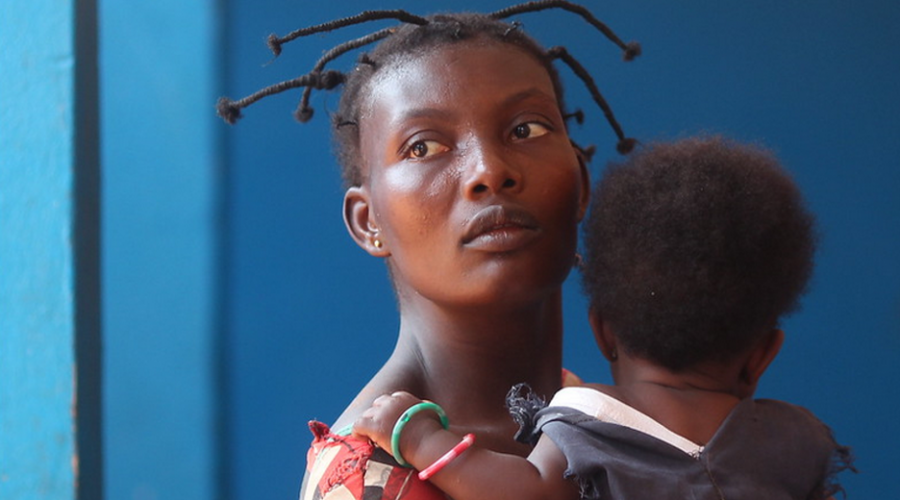The Democratic Republic of Congo (DRC) faces one of the world’s most complex and long-standing humanitarian crises. The situation in the country saw further deterioration in 2020 following a resurgence of armed conflict and violence in the east of the country, waves of epidemics, and the socio-economic impact of COVID-19, all of which have exacerbated the vulnerabilities of the population in a context of lack of access to basic services.
In 2021, it is estimated that 19.6 million people are in need of assistance and protection, an increase significant compared to the 15.6 million people in 2020. With 5.2 million displaced people, the DRC currently has the second highest number of IDPs in the world, and the highest number on the African continent. The DRC Humanitarian Response Plan for 2021, which brings together 400 operational partners, calls for $1.98 billion to meet the needs of 9.6 million Congolese. Yet the response is hampered by a volatile security situation and severe access constraints, along with severe underfunding – the 2020 appeal was only 36 percent funded.
In support of the response, the Humanitarian Coordinator requested a P2P mission to help lead a review of the DRC’s humanitarian coordination architecture, as there was a clear consensus at country level that the current architecture was due for an update. The P2P mission to the DRC took place on 5-17 September 2021: a senior team of six UN and NGO representatives led an extensive consultation across the DRC, running 15 workshops with 200 participants in six key locations across the DRC; holding multiple bilateral and small-group meetings; and meeting with IDPs and host communities. This culminated in a Retreat where the HCT discussed the key challenges and recommendations that came out of the consultation process, and agreed on an Action Plan to tackle these challenges and improve the coordination architecture in the DRC.



